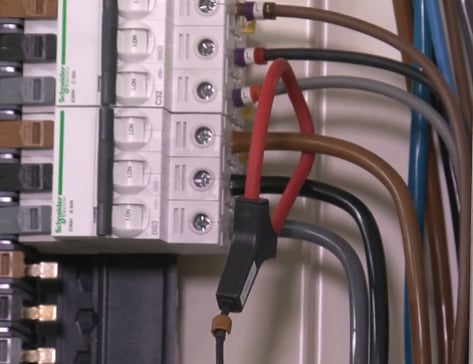Do you want to make your life easier when you’re carrying out energy surveys on your electrical systems? If so, here’s a suggestion you might not be expecting – don’t bother to monitor the voltage! That may seem an odd idea, but think about it for a moment.
When you carry out energy surveys, what you’re really interested in is where energy is being used and how usage varies over time, rather than coming up with precise values for the energy usage. So, for energy survey purposes, making the assumption that your supply voltage is constant – which will not be far from the truth – is not going to affect the validity of your results. After all, it’s the current that goes up and down as equipment operates, the voltage is almost unaffected unless the load is enormous.

But why would you decide not to monitor the voltage, since portable energy loggers (PELs) like our popular PEL103 always make provision for measuring both current and voltage? The answer comes down to convenience. Arranging to measure current is easy – you simply wrap the Rogowski coils that are used to sense current around the conductors and the job is done. There’s no need to make connections to live parts.
Arranging to measure voltage is almost as easy, especially when magnetic probes that can be stuck to MCB screw heads or other convenient connection points are used. But there is a proviso – to measure voltage, you will either need to make connections to live parts or switch off the equipment while you’re making the connections. This is certainly not a deal breaker, but it can be real a nuisance, especially if you will be using your PEL to monitor energy usage at a lot of different locations.
In almost all cases, measuring just the current will tell you everything you need to know for energy survey purposes. You’ll even be able to compare before and after current consumption to assess the effectiveness of energy saving measures you’ve put in place. And if you really do want to know about power rather than just current, you can easily export the current measurements recorded by your PEL to an Excel spreadsheet and multiply them all by your nominal supply voltage.
But let’s be honest; there are times where you will definitely want to measure both voltage and current with your PEL, such as when you need to accurately determine the amount of energy used by a piece of equipment. However, for simple energy surveys, you can save yourself a useful amount of time and trouble by measuring just the current and letting the voltage look after itself!
If you'd like to learn more about energy efficiency, then register for one of our regional seminars!

